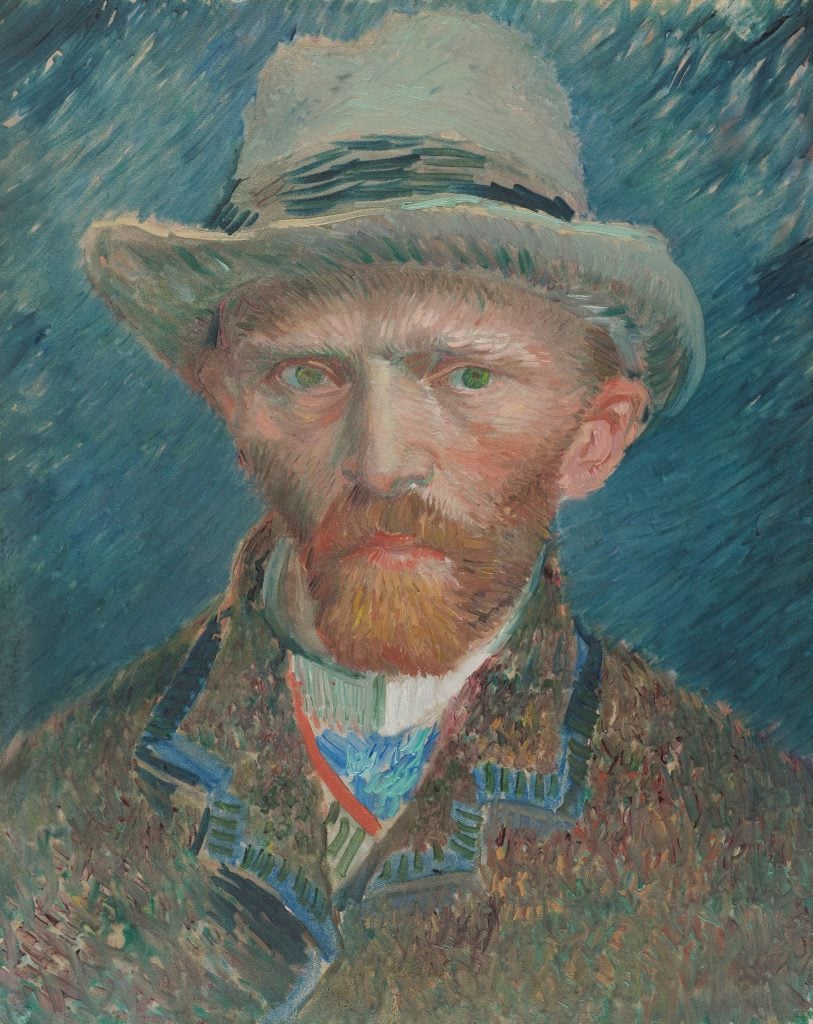Art World
Newly Published Letters Reveal That Vincent van Gogh’s Sister Sold 17 of His Works to Pay for Her Mental Health Treatment
The hundreds of letters are only in Dutch.

The hundreds of letters are only in Dutch.

Caroline Goldstein

Vincent Van Gogh’s bouts with mental illness are well documented. But a new book makes a startling revelation: that his sister, Wil van Gogh, was able to pay for her own mental health treatment by selling 17 of his works upon his death.
The new book, The Van Gogh Sisters by Willem-Jan Verlinden, which will be published in April, details correspondence between the three Van Gogh sisters; Vincent’s brother, Theo; Theo’s wife, Jo Bogner; and other friends of the family.
The hundreds of letters, which are only in Dutch and have never been published before, are held in the Van Gogh Museum archives in Amsterdam. A senior researcher at the museum, Hans Luijten, describes them as “a real goldmine, with wonderful observations.”
“One by one, we intend to publish them in the near future,” he says.
![Vincent Van Gogh, <i>Memory of the Garden at Etten (Ladies of Arles)</i> (1888.) [detail] The Hermitage, St Petersburg. (Photo by The Art Collector/Print Collector/Getty Images)](https://news.artnet.com/app/news-upload/2021/03/GettyImages-463904057-1024x683.jpg)
Vincent Van Gogh, Memory of the Garden at Etten (Ladies of Arles) (1888.) [detail] The Hermitage, St Petersburg. (Photo by The Art Collector/Print Collector/Getty Images)
Van Gogh, of course, had his own troubles, spending three consecutive stays at hospitals in Arles, as well as a year at an asylum in Saint-Remy-de-Provence the year before his death from a self-inflicted gunshot wound.
In his own words, he was afflicted with “a mental or nervous fever or madness.”
“As he became more and more famous and the prices for his paintings went up, he was, in a way, providing for his sisters, even long after he had passed on,” Verlinden told the Guardian.
These days, paintings by Van Gogh routinely fetch millions of dollars, and even the revolver he used to shoot himself sold at auction for $182,000 in 2019. The artist died at age 37, practically penniless.